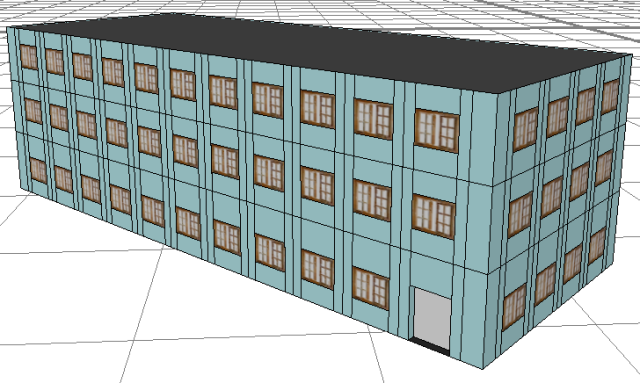

For each proposed zoning you can configure a series of variables such as lot coverage, FAR, maximum height, and the number of tiers building in that zoning area will have, as well as their associated setbacks. You can choose to apply to the selected polygons any zoning category from the list, or even propose a new zoning category using the “+” button at the top right of the list. Next, select the polygons for which you want to change the zoning code and click on Modify. With the Zoning tab turned on, the polygons for each zoning category can be configured using the editing tools to split, merge, or delete larger existing zoning polygons, and draw new ones. The second thing to configure in this ArcGIS Urban scenario, is the underlying zoning categories and their polygons that define where each category is applied. 9: CityEngine created parcels in ArcGIS Urban scenario The tool can be used in conjunction with CityEngine for advancing schematic masterplans, or projects that require the complete development of an area – sites for example where the urban fabric is discontinuous such as brownfields or new city territories.įig. It uses variables such as FAR, or max height to generate what the mass of a building type would look like on any given block or parcel. It offers the ability to parametrically develop and test different massing and program distribution scenarios, using schematic building types and existing, or proposed, zoning codes.

Forget about Ctrl C, Ctrl V! The workflow presented here uses CityEngine and a new addition to the Esri family: ArcGIS Urban.ĪrcGIS Urban is a 3D web tool that links regulatory changes (such as zoning), with spatial transformations at a massing level.

So, let’s take a deep dive into an approach that can emancipate you from tracing, and make some design tasks easier and faster. Below you can read my first blog on a proposed workflow for designing masterplans faster than ever before!Īs many of you designers and planners know, creating your site’s 3D context, developing initial massing studies and program distribution diagrams, and applying block typologies to your urban intervention, requires A LOT of work.

Before jumping into the cool stuff, a quick introduction: I work for Esri’s Smart Cities group – a 3D GIS geek by day, and a passionate urban designer by night.


 0 kommentar(er)
0 kommentar(er)
